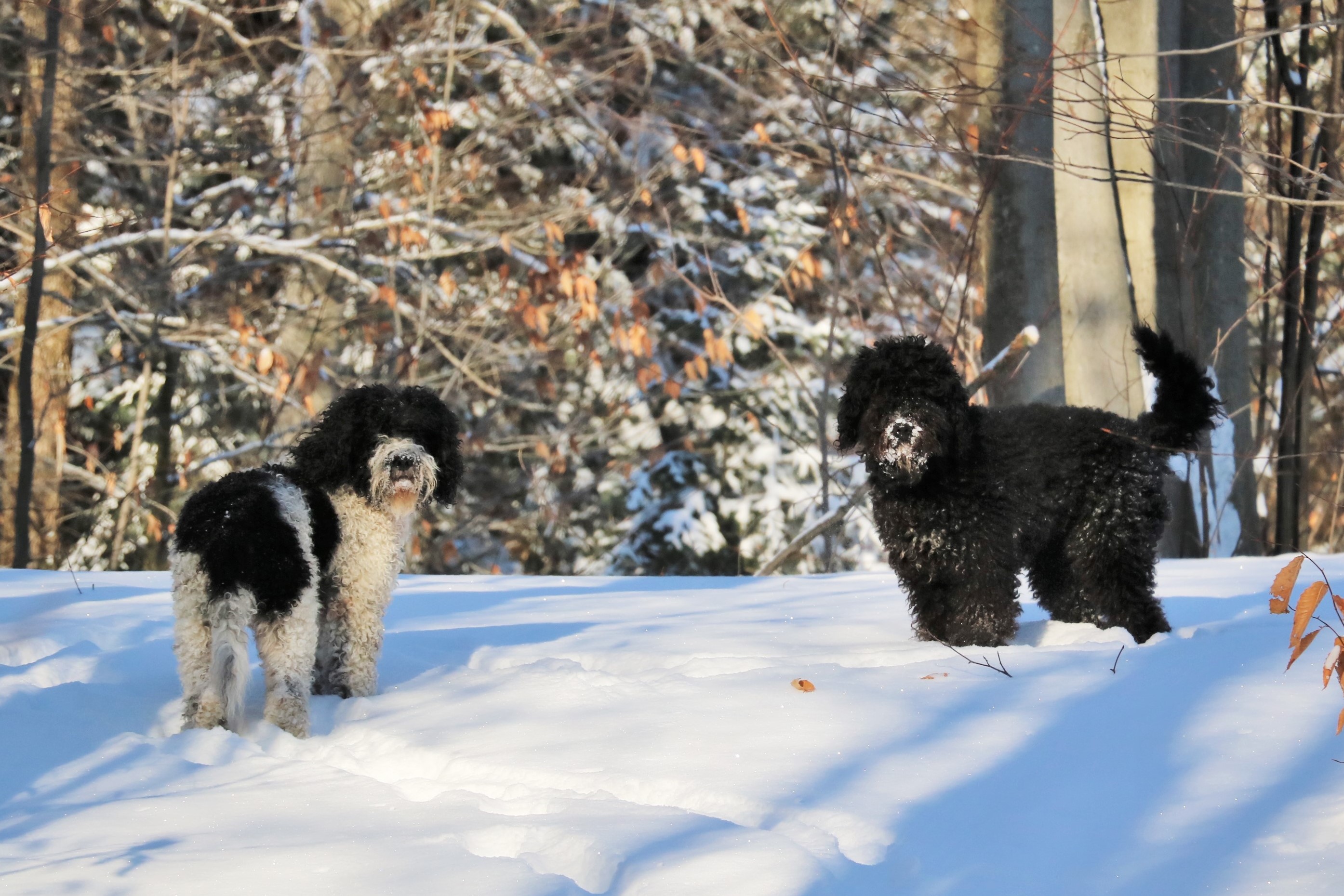
Barbet test breeding
Obviously, selection for breeding mates involves more than genetic diversity. We also want the type, temperament, drive, pedigree, etc. in our resultant puppies, just as we always have before. You can read the initial breed summary for Barbet here.
It’s important to note that the following blog article is based on the data that has been collected from the initial sample. These numbers will change as the population structure and genetics are better assessed as more samples come in to UC Davis.
The Parents
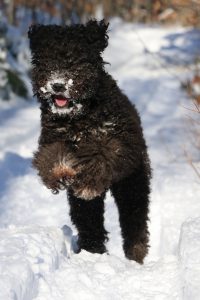 This is the dam. Let’s look at the key points:
This is the dam. Let’s look at the key points:
The DLA: She is heterozygous (two different genes) in her DLA haplotypes. 2032/1093 is the most common DLA haplotype combination, while 2047/1159 is less typical, representing 10% of the tested DLA haplotypes. When all else is equal, I might look for a stud to breed with her with less common DLA haplotypes, so that those existing in the Barbet population are not lost to drift. Once lost, DLA haplotypes cannot be added back in to a population without an outcross.
The following DLA types are uncommon in this population:
Class One: 1001, 1002, 1030, 1033, 1046, and 1092
Class Two: 2006, 2009, 2017, 2023, and 2035
Outlier Index (OI): Her OI is well over breed average. As this number drops, breeders are breeding toward a genetic bottleneck, which is when the genes of a few ancestors become very common in the majority of a population. Breeds like the Barbet, which have moderate to low genetic diversity discovered thus far at the breed-wide level, should be careful to ensure that the breed average OI of .42 does not drop, as this would increase the likelihood that more allelic richness will be lost from the breed as a whole. The average OI of this breed is at a good level at .42, so breeders with individual dogs that have lower than breed average OI can easily raise them in their puppies by looking for mates with higher OI.
Average Genetic Relatedness (AGR): I fondly call this the “more breeding mates” measurement. If you select for a lower AGR (more negative), you will have more unrelated options for your potential breedings. This tells us how closely a dog is related to other dogs in our database. The higher it is, the more dogs he is related to. She has an AGR of 0.2 which means she is essentially as related to other dogs in the database as the average Barbet.
Internal Relatedness (IR): And finally, the inbreeding estimate. She has a breed average IR value of -.08, meaning she is outbred as is typical for a Barbet. A high inbreeding measurement would be above .15, according to Dr. Pedersen.
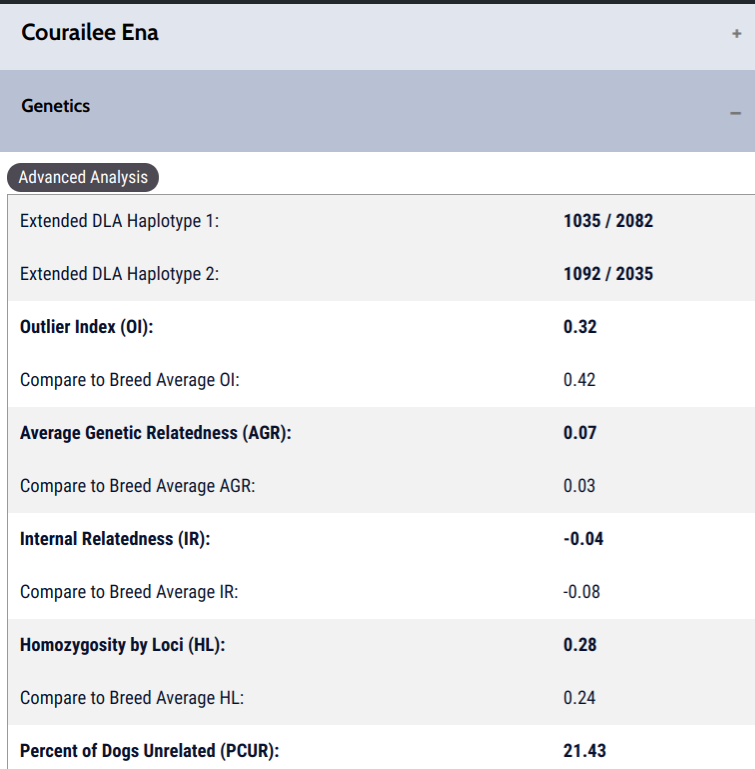
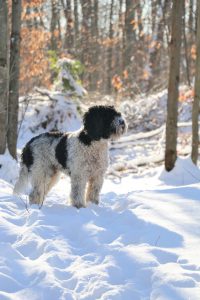 This is the sire. Let’s look at the key points:
This is the sire. Let’s look at the key points:
The DLA: He has no haplotypes in common with the dam. When all else is equal, I might look for a bitch to breedwith him with less common DLA haplotypes, so that those existing in the Barbet population are not lost to drift. Once lost, DLA haplotypes cannot be added back in to a population without an outcross. He has one common DLA haplotype (2082/1035) and one very uncommon one (2035/1092).
The following DLA types are uncommon in this population:
Class One: 1001, 1002, 1030, 1033, 1046, and 1092
Class Two: 2006, 2009, 2017, 2023, and 2035
Outlier Index (OI): His OI is well below breed average at .32, making his genetics more typical in comparison to the average Barbet. As this number drops, a breed is breeding toward a genetic bottleneck, or genes that are represented by the majority of a tested population. This can tend to concentrate disease genes as well. The OI of this breed is at a relatively good level and this will be easy to raise in the next generation by breeding him to a dog with higher than breed average OI. Breeders should be careful to ensure that the breed average OI of .42 does not drop, as this would increase the odds that more allelic richness will be lost from the breed as a whole.
Average Genetic Relatedness (AGR): I fondly call this the “more breeding mates” measurement. If you select for a lower AGR, you will have more unrelated options for your potential breedings. The higher this number, the more dogs he is related to. He has an AGR of .07, which is higher than breed average. This means he is more related to dogs in the database than the most Barbet in the database.
Internal Relatedness (IR): And finally, the inbreeding estimate. He has a higher IR value of -.04, which is above breed average, but means he is outbred. To ensure that puppies remain outbred in the next generation, breeders should breed to an unrelated mate. A high inbreeding measurement would be above .15, according to Dr. Pedersen.
So, the next question is, how do they look together?
The Litter Prediction
The predicted litter was a category 6 breeding. Relationship categories range from Category 10 (unrelated) all the way to 1 (identical twins.) We generally recommend Category 6 and above, because when you go to the lower categories the level of inbreeding will be much higher, the genetic distance between the potential sire and dam will be tighter, and therefore risks of recessive diseases (or recessive component diseases) expressing are higher. We typically recommend running a test breeding using our breed management software to ensure that the predicted offspring will not have many potential puppies fall above the high threshold for inbreeding, which is generally considered to be around .15 IR.
Now, there may be instances that you would breed for a higher IR, especially if your dogs are from a bottlenecked breed and you have a very uncommon dog/bitch. Why? Because those genetics are underrepresented in the population and could be easily lost through genetic drift, so at times a low IR may be sacrificed in order to maintain an unusual line and its less frequent genetics (as long as the line is healthy).
What do you see when you look at this predicted breeding?
The Key Points
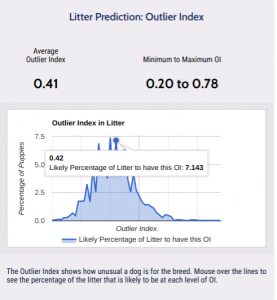 Outlier Index (OI): The predicted range of this litter is .20 to .78, so puppies could fall anywhere from below breed average to well above it. The lower this number, the closer one might be breeding toward a potential bottleneck within a breed. The variation in predicted values is because each offspring will receive different genetics from the sire and dam. Each sire and dam has common, neutral, and uncommon genetics in comparison to the rest of the breed. The current breed average OI for Barbet is .42, which is a good number for a breed to have. However, breeds like the Barbet, which have moderate to low genetic diversity at the breed-wide level (in the sample thus far tested), should be careful to ensure that the breed average OI of .42 does not drop, as this would increase the odds that more allelic richness will be lost to the breed as a whole. The average for this breeding is .41, which is a around breed average. The percentage of puppies falling at breed average or above appears to b
Outlier Index (OI): The predicted range of this litter is .20 to .78, so puppies could fall anywhere from below breed average to well above it. The lower this number, the closer one might be breeding toward a potential bottleneck within a breed. The variation in predicted values is because each offspring will receive different genetics from the sire and dam. Each sire and dam has common, neutral, and uncommon genetics in comparison to the rest of the breed. The current breed average OI for Barbet is .42, which is a good number for a breed to have. However, breeds like the Barbet, which have moderate to low genetic diversity at the breed-wide level (in the sample thus far tested), should be careful to ensure that the breed average OI of .42 does not drop, as this would increase the odds that more allelic richness will be lost to the breed as a whole. The average for this breeding is .41, which is a around breed average. The percentage of puppies falling at breed average or above appears to b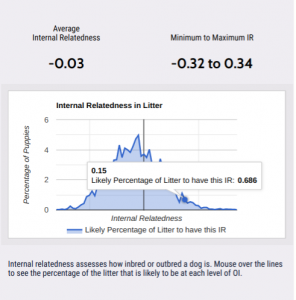 e about about 50%; you can see this in the image to the left.
e about about 50%; you can see this in the image to the left.
Internal Relatedness (IR): The IR range for this breeding goes from very outbred at -.32 to very inbred at .34. However, when you go to the summary, you can hover over the graph and see just how many will fall in the highly inbred range of .15 to .34. It appears that very few in this litter would fall above .15. The average inbreeding IR value of this litter is -.03, which means the average puppy will be outbred. You can see the predicted range in the image to the right.
DLA: Each puppy from this breeding will have a 100% chance to be heterozygous for their DLA haplotype, which is very good. When all else is equal, in this breeding population I would look for atypical DLA haplotypes and breed for heterozygous DLA.
Conclusion
This looks like a good potential breeding. The inbreeding estimates predict that the puppies will be mostly outbred and that the average outlier index for the litter will help maintain the breed’s genetic diversity. All puppies will be heterozygous for DLA haplotypes, which will theoretically lead to healthier immune systems.
There can be great ranges in genetics for each litter, and puppies can fall anywhere along those predicted ranges. Often we have seen that entire litters vary drastically from one another, both in inbreeding values as well as outlier index and average genetic relatedness (AGR). The choices we make with each breeding will affect our breed genetics and dynamics in future generations to come; we should be careful to select so that we lose less biodiversity to genetic drift.
Of course breeding is more than just about diversity, as we always need to pair selection for type along with selection for diversity. We cannot have one without the other, as breeding is done by passionate breeders because they love their breed, their lines, and the “family” they have created. BetterBred never suggests breeding for diversity to the exclusion of consideration of pedigree, type, temperament, drive, health etc. This is to add to, not detract from, our breeding strategies.
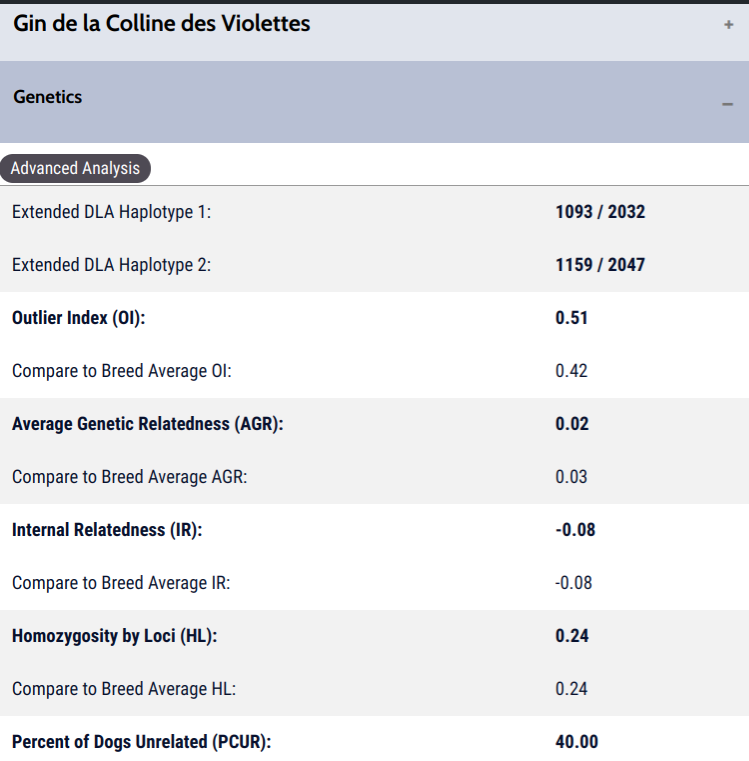

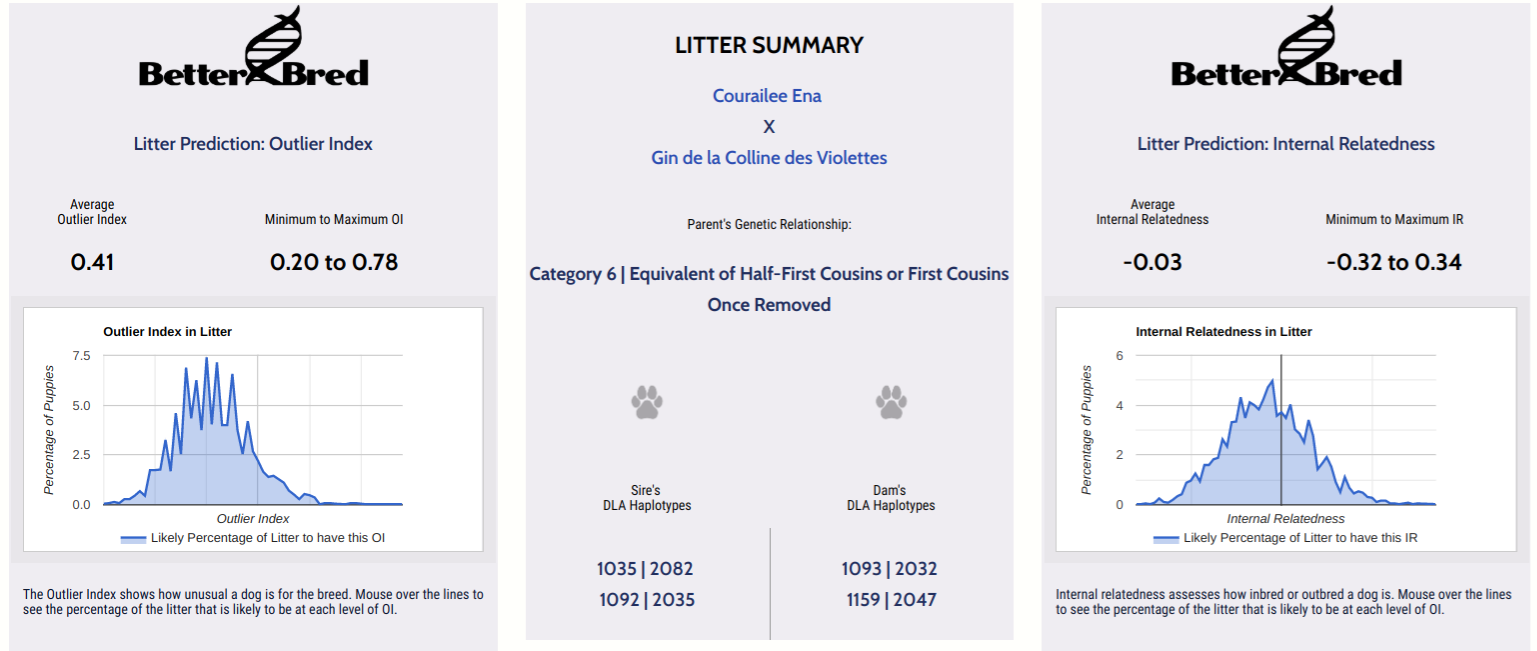
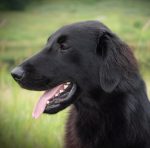 Previous Post
Previous Post Next Post
Next Post


